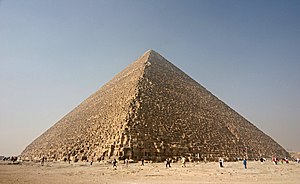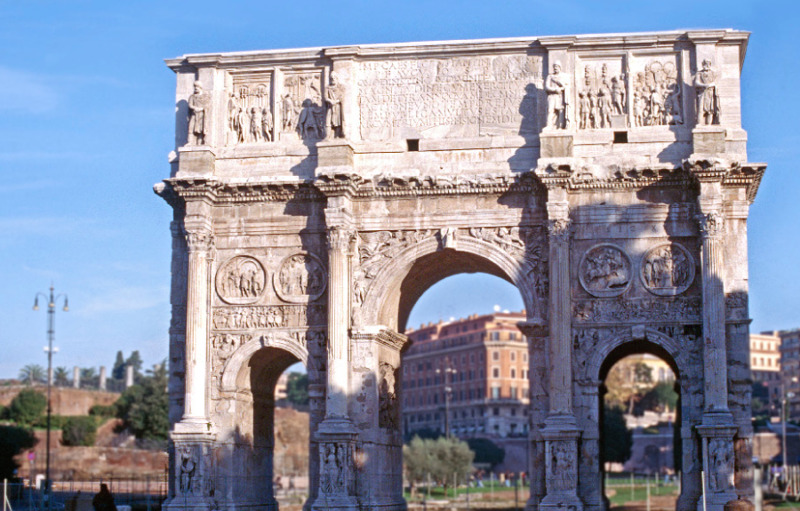In the early piece of 1544, Gerardus Mercator wound up in a chilly, dull jail cell. He believed he was confronting sure passing. For what reason did this happen to the best cartographer of the sixteenth century? To discover, let us first investigate his life and times.
MERCATOR was conceived in 1512 in Rupelmonde, a little port close Antwerp, Belgium. He got his instruction at the University of Louvain. In the wake of graduating, he considered the lessons of Aristotle, and after a short time, he was grieved by his failure to accommodate the perspectives on Aristotle with the lessons of the Bible. Mercator expressed: "When I saw that Moses' form of the Genesis of the world did not fit adequately from numerous points of view with Aristotle and the remainder of the savants, I started to have questions about reality everything being equal and begun to research the insider facts of nature."
Since he would not like to turn into a logician, Mercator surrendered further college thinks about. Be that as it may, his mission to discover proof to maintain the Biblical creation account consumed his psyche for a mind-blowing remainder.
Going to Geography
In 1534, Mercator started to ponder arithmetic, space science, and geology under the mathematician Gemma Frisius. Moreover, Mercator may have taken in the specialty of etching from Gaspar Van der Heyden, an etcher and globe creator. Toward the start of the sixteenth century, cartographers utilized overwhelming Gothic, or dark letters, type, which constrained the space accessible for composed data on maps. Be that as it may, Mercator received another style of cursive composition from Italy called italic, which demonstrated to be valuable in globe making.
In 1536, Mercator functioned as an etcher with Frisius and Van der Heyden in the generation of an earthly globe. Mercator's delightful cursive penmanship added to the accomplishment of the task. Nicholas Crane, a cutting edge biographer of Mercator, composes that while another cartographer "had figured out how to fit fifty American areas onto a divider map as wide as a man was tall, Mercator diminished sixty onto a circle whose breadth was two handspans"!
A Cartographer Is Born
By 1537, Mercator made his first "solo production"—a guide of the Holy Land, which he made to add to a "superior comprehension of the two confirmations." In the sixteenth century, maps of the Holy Land were pitifully erroneous, some with less than 30 place-names—and a large number of them in the wrong area. Mercator's guide, in any case, distinguished in excess of 400 spots! Further, it demonstrated the course pursued by the Israelites on their adventure through the desert after the Exodus. In view of its precision, the guide was greatly respected by numerous individuals of Mercator's peers.
Energized by his prosperity, Mercator distributed a world guide in 1538. Prior to that time, mapmakers thought minimal about North America, considering it the Unknown Distant Land. Despite the fact that the topographical name "America" as of now existed, Mercator was the first to apply that name to both North and South America.
Mercator inhabited when the world's seas were being investigated and numerous new terrains were being found. Mariners passed on opposing data, making the assignment of mapmaking practically inconceivable, as cartographers needed to fill in the holes. By the by, in 1541, Mercator accomplished his objective of making "a more complete globe than [had] been done as such far."
Blamed for Heresy
In Louvain, where Mercator lived, there were numerous Lutherans. By 1536, Mercator identified with Lutheranism, and it creates the impression that his significant other later turned into a Lutheran. In February 1544, Mercator was captured together with 42 different natives of Louvain on the allegation of stating "suspicious letters." However, it might likewise have been on the grounds that the distribution of his guide on the Holy Land had excited the doubt of Tapper and Latomus, two scholars from the college in Louvain. The two men had directed at the preliminary of Bible interpreter William Tyndale, who had been executed in Belgium in 1536. Maybe Tapper and Latomus were worried that Mercator's guide of the Holy Land, similar to Tyndale's interpretation of the Bible, energized Bible perusing. Regardless, Mercator was detained in the mansion of Rupelmonde, the place where he grew up.
Antoinette Van Roesmaels, one of the different individuals on preliminary, affirmed that Mercator had never gone to private Protestant Bible readings. Be that as it may, in light of the fact that she herself had gone to such readings, Antoinette was covered alive, to pass on gradually of suffocation. Mercator was discharged following seven months of detainment, yet the entirety of his effects was seized. In 1552, Mercator moved to Duisburg, Germany, where he found an increasingly tolerant religious atmosphere.
The First Atlas
Mercator kept on safeguarding the Biblical record of creation. He committed the greater part of his life to making a union, or review, of the whole creation "of paradise and earth, from the earliest starting point of times to the present," as he put it. This work contained both ordered and land data.
In 1569, Mercator distributed a rundown of the most significant recorded occasions from the creation onward—the initial segment of his combination, entitled Chronologia. His point was to enable his perusers to comprehend their place in time and history. Be that as it may, in light of the fact that Mercator had incorporated into his book Luther's challenge against guilty pleasures in 1517, Chronologia was put on the Catholic Church's list of precluded books.
In the years that pursued, Mercator gave much time to drawing and etching the plates for the maps of his new topography. In 1590, Mercator endured a stroke that dropped him unfit to talk and incapacitated his left side, making it amazingly hard for him to proceed with his work. He was, be that as it may, decided not to leave his labour of love incomplete, and he proceeded with it until he kicked the bucket in 1594 at 82 years old. Mercator's child Rumold finished five incomplete maps. The total accumulation of Mercator's maps was distributed in 1595. It was the absolute first accumulation of maps to manage the name map book.
Mercator's Atlas contained an investigation of the principal part of Genesis, in which the validness of God's Word was guarded notwithstanding resistance from logicians. Mercator called this investigation "the objective of all my work."
The Greatest Geographer of Our Day"
An extended version of the Atlas, distributed by Jodocus Hondius in 1606, was imprinted in numerous dialects and turned into a success. Abraham Ortelius, a sixteenth-century cartographer, commended Mercator as "the best geographer of our day." More as of late, author Nicholas Crane depicted Mercator as "the man who mapped the planet."
Mercator's inheritance is still a piece of our day by day lives. For instance, at whatever point we counsel a map book or switch on a Global Positioning System, we are profiting by the works of Mercator, a noteworthy man who for his entire life looked to know his time and spot in God's creation.
Mercator trusted that the earth would turn into a position of exemplary nature, harmony, and flourishing. He composed an unpublished editorial on Romans sections 1-11, in which he discredited the Calvinistic thought of destiny. Curiously, he additionally couldn't help contradicting Martin Luther and expressed that notwithstanding confidence, works are essential for salvation. Mercator wrote in a letter that transgression "comes not from the planets [astrology] nor from any tendency of nature made by God, however just from the unrestrained choice of man." In his correspondence he dismissed the Roman Catholic authoritative opinion of transubstantiation, expressing that Jesus' words "this is my body" ought not to be translated truly in any case, rather, profoundly.
Have you at any point endeavoured to smooth the skin of an orange? Obviously, it is difficult to do as such without contorting it. That precedent outlines the issue looked by mapmakers—how to extend a globe (the earth) on a level guide. Mercator tackled the issue by presenting a framework that is currently known as the Mercator projection. In this technique, the lines that structure the degrees of scope from the equator to the shafts are divided relatively. In spite of the fact that this methodology mutilates separations and sizes (particularly toward the north and south), it was a noteworthy achievement in cartography. Mercator's divider guide of the universe of 1569 was a perfect work of art that incredibly added to his distinction as a cartographer. As a matter of fact, his projection is as yet utilized in sea maps and by the cutting edge Global Positioning System.
































